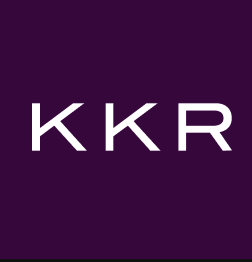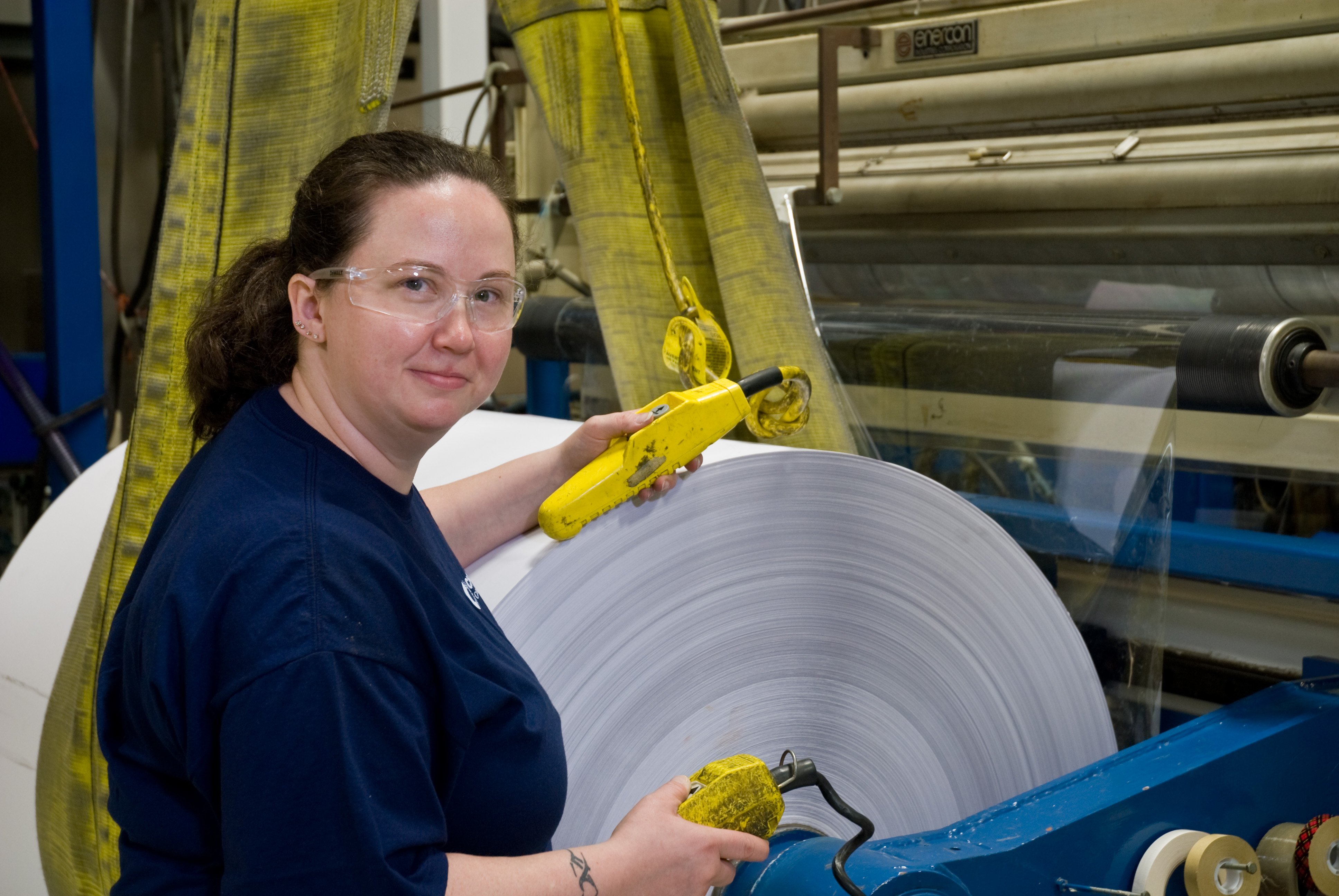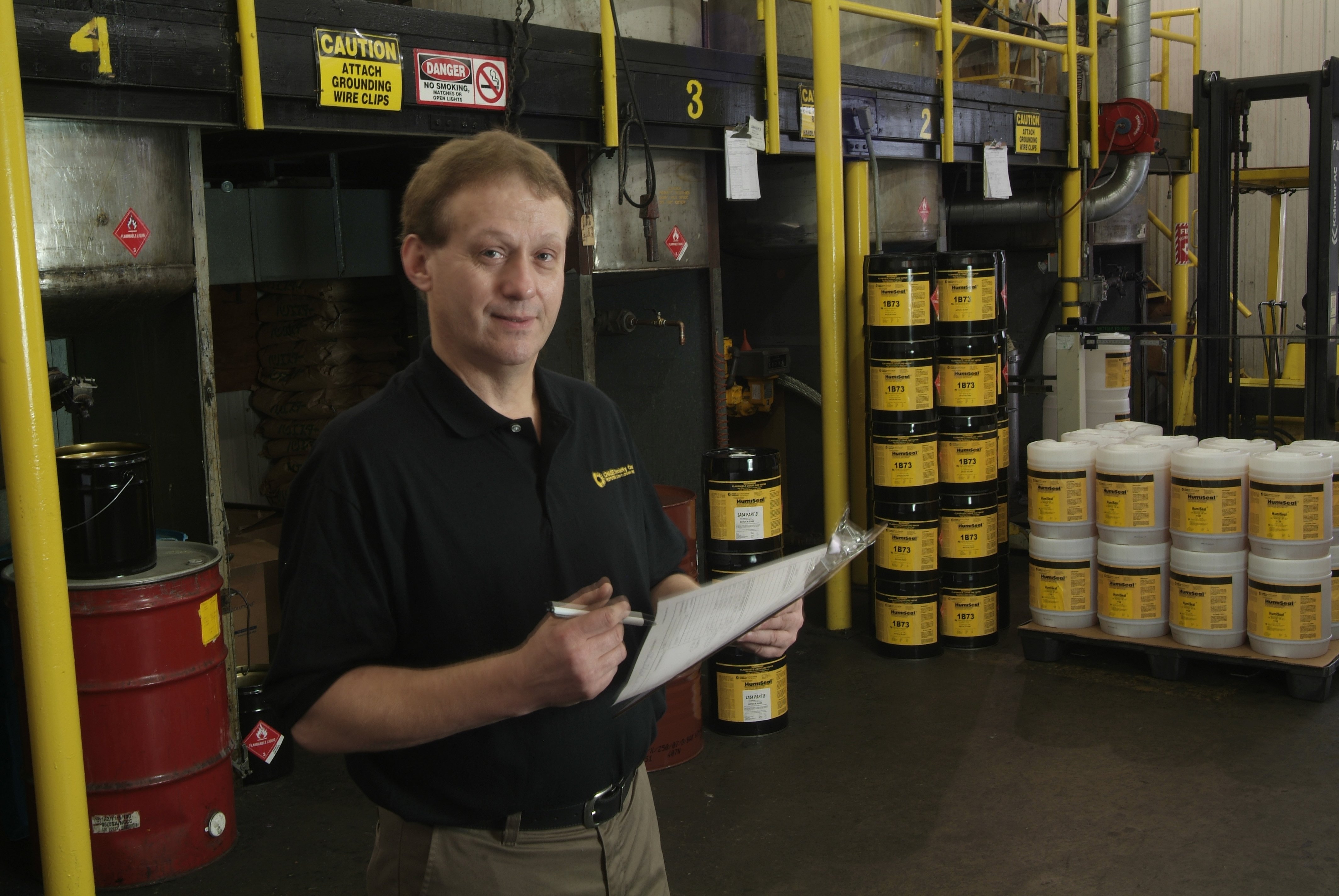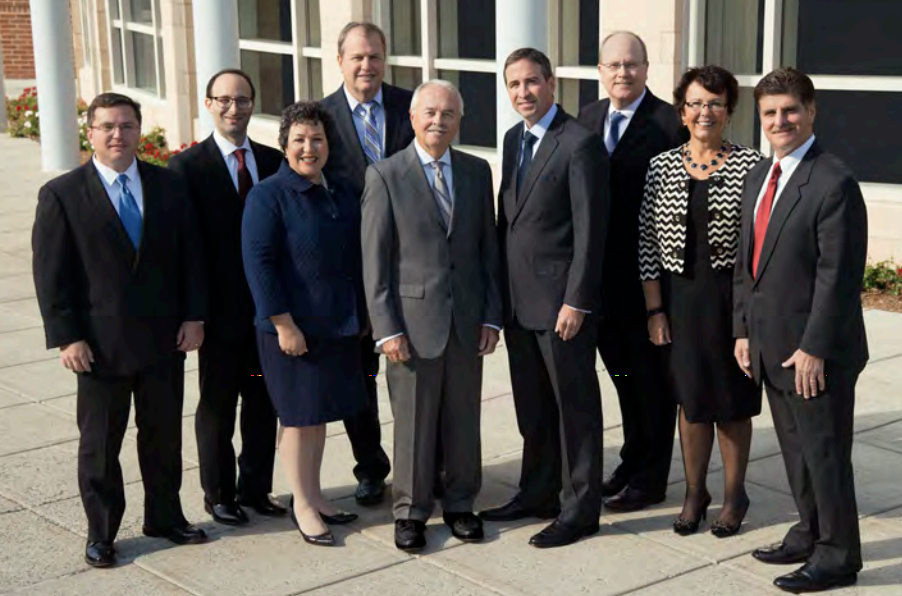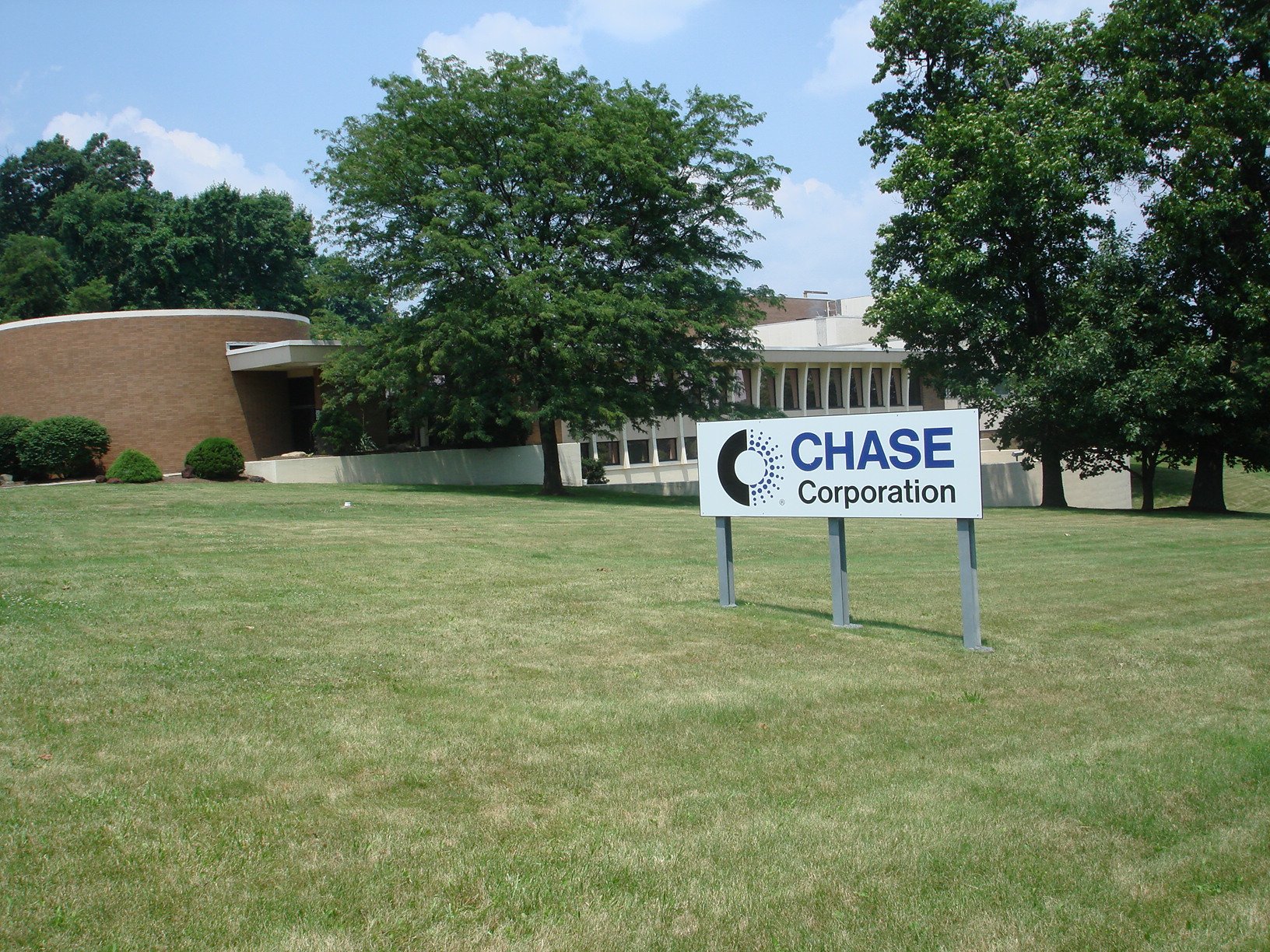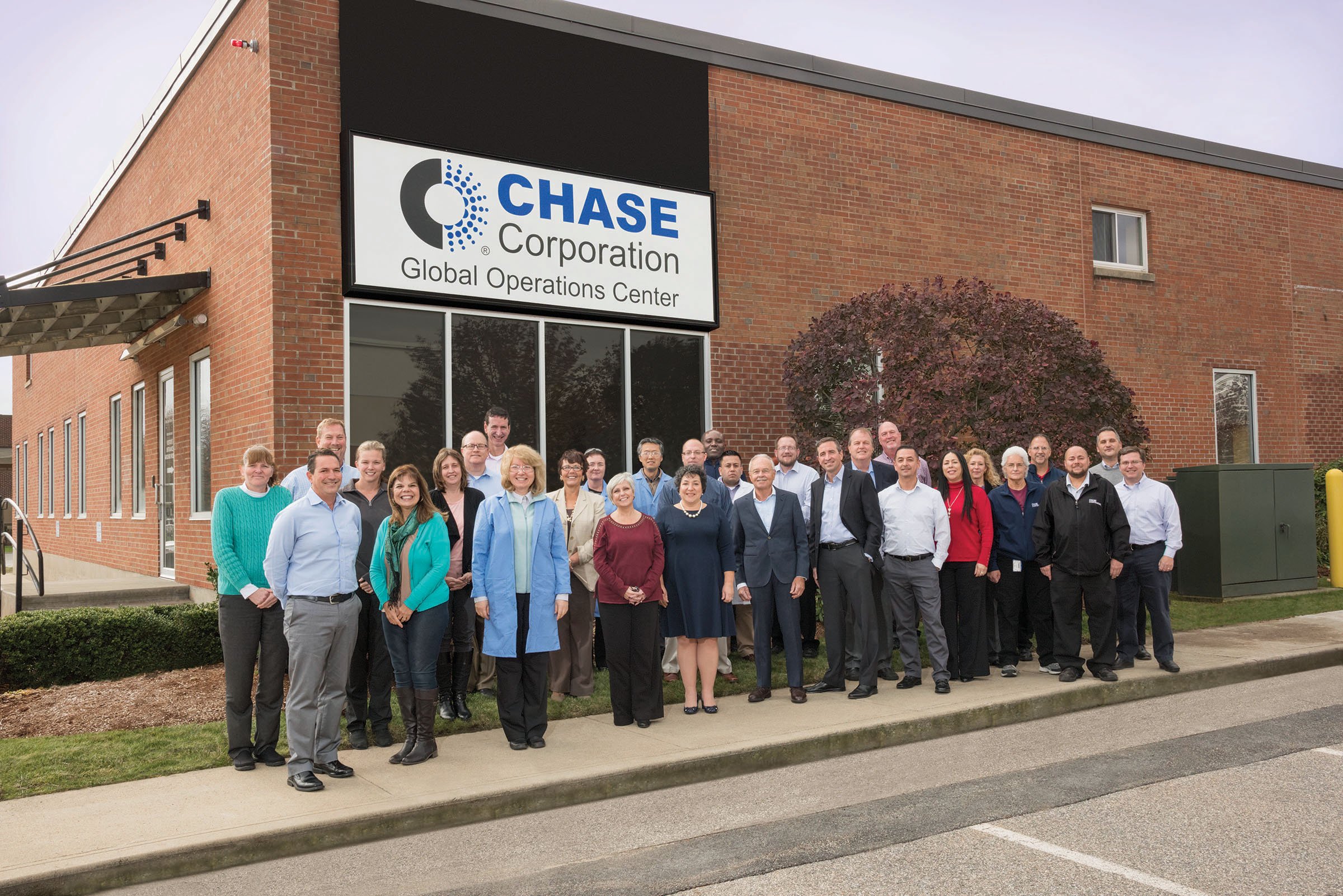About Us
Founded in 1946 we have grown to become a global specialty chemicals company that is a leading manufacturer of protective materials for high-reliability applications across diverse market sectors.
Today we employ nearly 800 people and continue to grow and strengthen our business by employing a related diversification strategy that combines organic growth initiatives with strategic acquisitions.
Based in Westwood, Massachusetts, USA we operate manufacturing facilities in the United States, Europe, and Asia and continue to invest in our capabilities in order to deliver value to our global customer base demands.
Timeline

World-Class Operational Platform Anchored by Strong North American Presence
North America Locations
Evanston, Illinois • Westwood, Massachusetts • Oxford, Massachusetts • Barnsdall, Oklahoma • Lenoir, North Carolina • Pittsburgh, Pennsylvania • Greenville, South Carolina • Hickory, North Carolina • Blawnox, Pennsylvania • Houston, Texas • Peterborough, New Hampshire • Pittsburgh, Pennsylvania
International Locations
Rye, United Kingdom • Winnersh, United Kingdom • Paris, France • Corbelin, France • Suzhou, China • Pune, India • Singapore
Mission Statement
Chase Corporation’s vision is to be recognized as a leading manufacturer of protective materials for high reliability applications throughout the world.
We will achieve our vision by securing our place as a trusted partner of our customers. We will provide effective and reliable product solutions that enhance our customers’ performance and competitive position.
We will grow our business responsibly by balancing short and long-term objectives, effectively managing risk, implementing sustainable business practices and continuously improving our operating performance.
We will conduct business ethically, contribute to the communities in which we operate, show respect for the environment, and treat our employees fairly.
Fulfilling our mission will create long-term value for our shareholders.
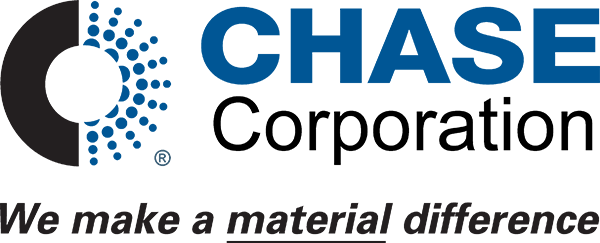


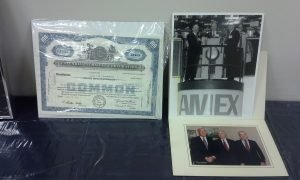
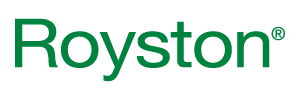
 Acquired CIM Industries (Coatings & Lining Systems)
Acquired CIM Industries (Coatings & Lining Systems)

 Acquired Stewart Superabsorbents, LLC (Superabsorbents)
Acquired Stewart Superabsorbents, LLC (Superabsorbents)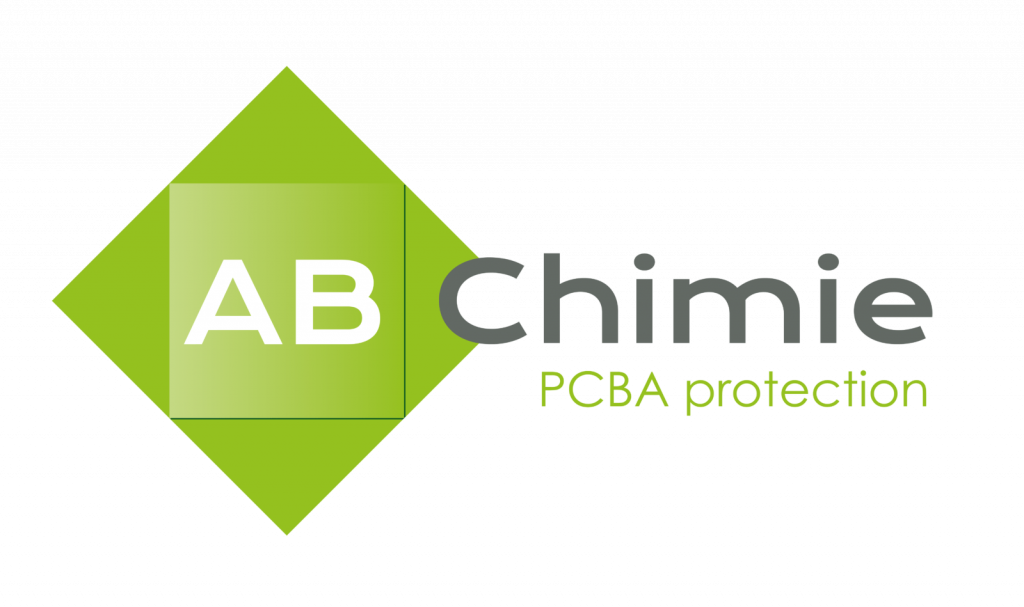 Acquired ABchimie PCBA Protection
Acquired ABchimie PCBA Protection

